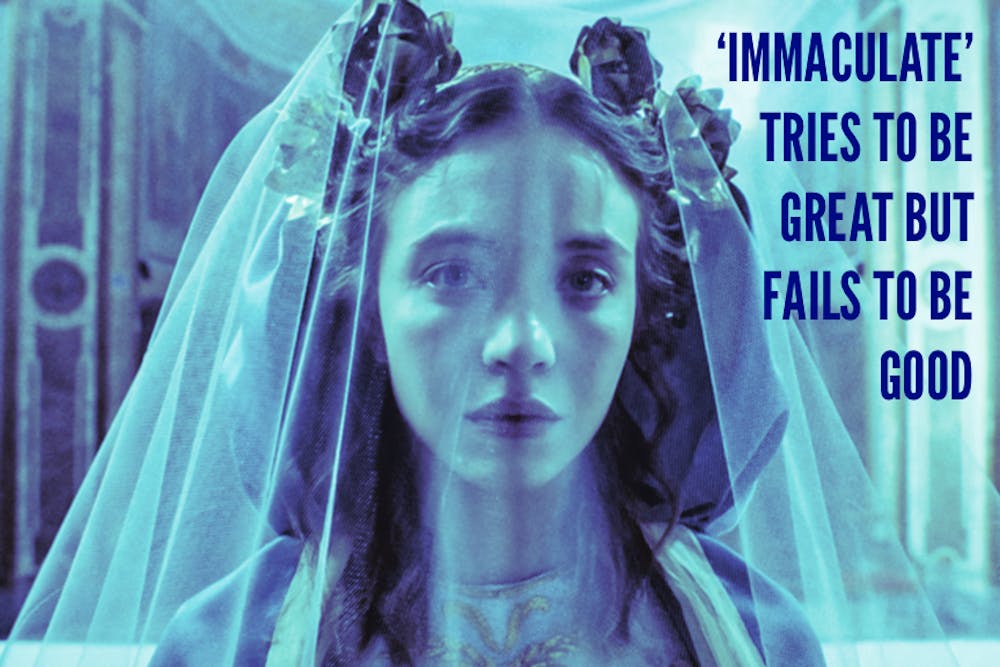“Christian movie” might as well be a synonym for “bad movie.”
There may be exceptions, though. Scene writer Cozette Brown admits that it was true once but argues that it isn’t true now — Christian movies are getting better, she says. Pauline Kael, the great film critic, declared, “Almost every interesting American movie in the past few years has been directed by a Catholic,” citing the work of Francis Ford Coppola, Martin Scorsese, Robert Altman and Brian De Palma.
Still, De Palma’s “Scarface” is categorically different from “Left Behind: The Movie” (a cheap Protestant rapture fantasy), and “The Godfather” is on a different level than “Heaven Is for Real.” On the one hand are movies which are influenced by Christianity, and on the other are ones which coast on it.
Evangelical filmmaking is chronically and terminally unsubtle. Yet, I’d take a film directed by a bracelet-wearing youth minister over one directed by a smug fedora-wearing atheist any day of the week. The only thing worse than a Christian movie, the only thing less subtle, is an anti-Christian movie.
Enter “Immaculate.” This film positions itself as an anti-church and pro-choice piece, but it shoots itself in its foot by doing so — it just can’t live up to its own ideological pretensions. Its quirks (absurd plot lines, bizarre characters, cliché dialogue, cartoonish violence, over-the-top sound effects, etc.) would have been at home in a horror movie, but the film takes itself too seriously, so they seem out of place.
Sydney Sweeney makes a good horror heroine, at least. She can capture both the innocent, blushing victim and the gritty, ruthless survivor. She’s a very earnest and charismatic actress, but not a technical prodigy. There were a handful of extended close-ups — the sort in which the tortured protagonist screams or cries or laughs hysterically — which she didn’t have the chops to pull off.
The supporting cast’s characters and performances were baffling. Sister Isabelle, who introduces Sweeney’s character and the audience to the convent, is such a ridiculously stereotypical nun that I assumed she’d be a comic relief character. “Immaculate,” however, passes up on such kitsch and shoots instead for drama — it misses. Out of nowhere, Sister Isabelle kills herself after trying to murder the protagonist. Schizophrenic writing renders the Mother Superior randomly bipolar too.
The funniest character is — unintentionally, of course — Deacon Enzo. He has almost no lines and no explicit motive, but do you know what he does have? An evil villain mustache which he twirls between his leather-gloved fingers. The main antagonist, Father Tedeschi, suffers from essentially the same problem (albeit to a lesser degree): he’s so evil that it’s accidentally comical.
For better or for worse, “Immaculate” takes its cues from contemporary horror. It sees the smashed head in “Midsommar” and one-ups that, delivering two. It tries to do “art horror,” but it fails both as art and as horror.
It trips itself up trying to tackle Christianity and misogyny — it should’ve stuck to scary.










